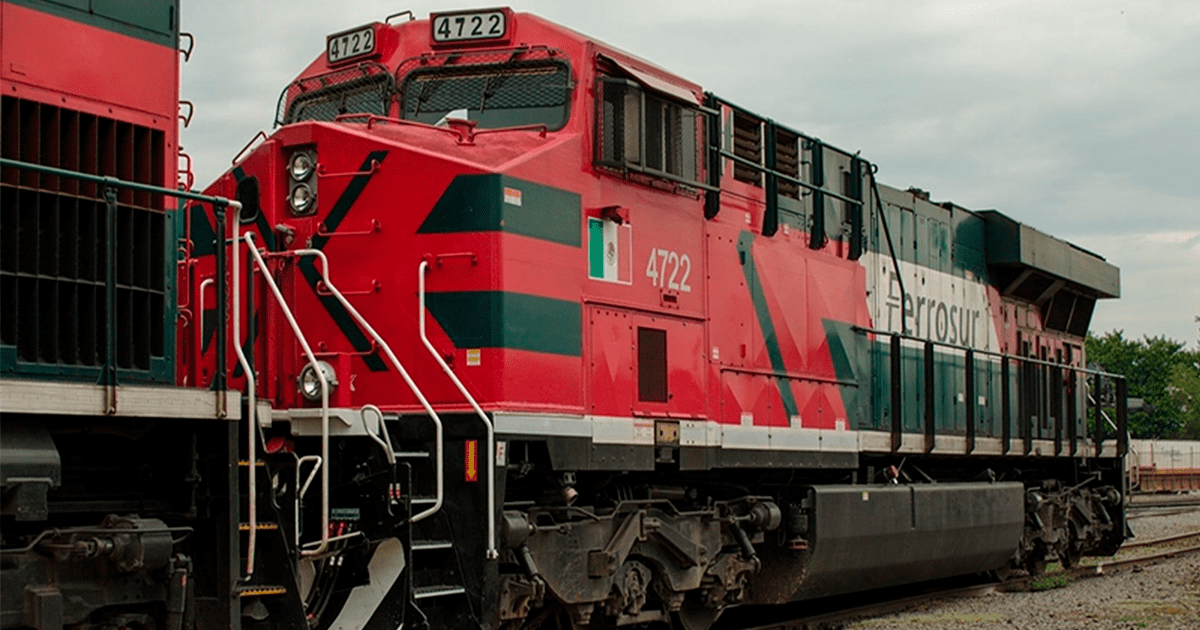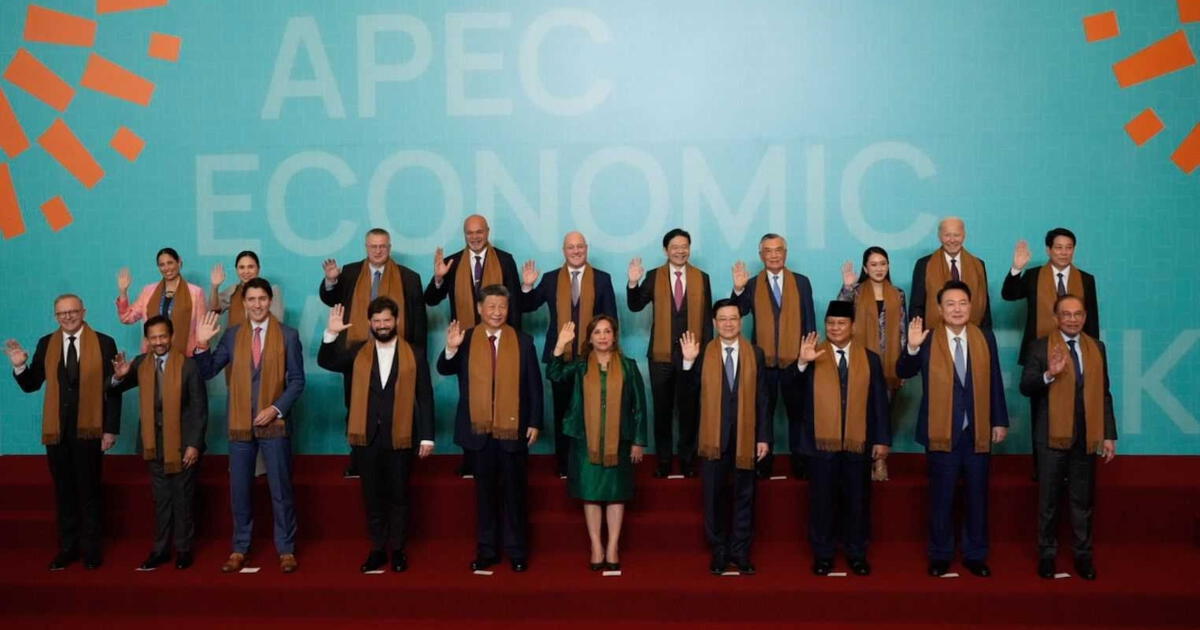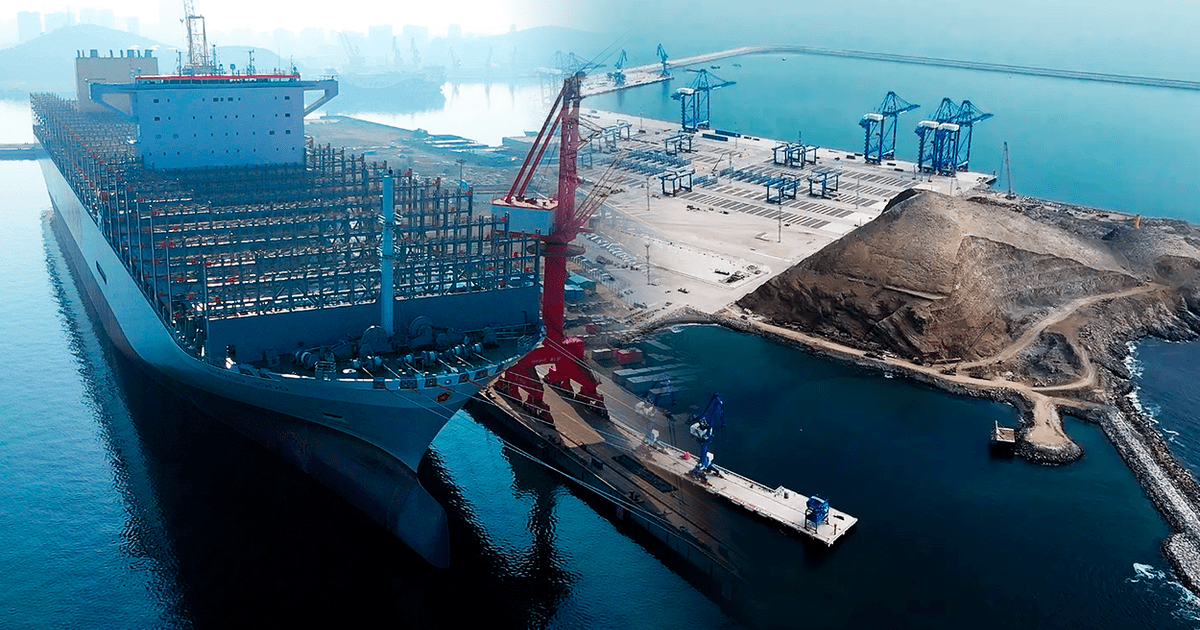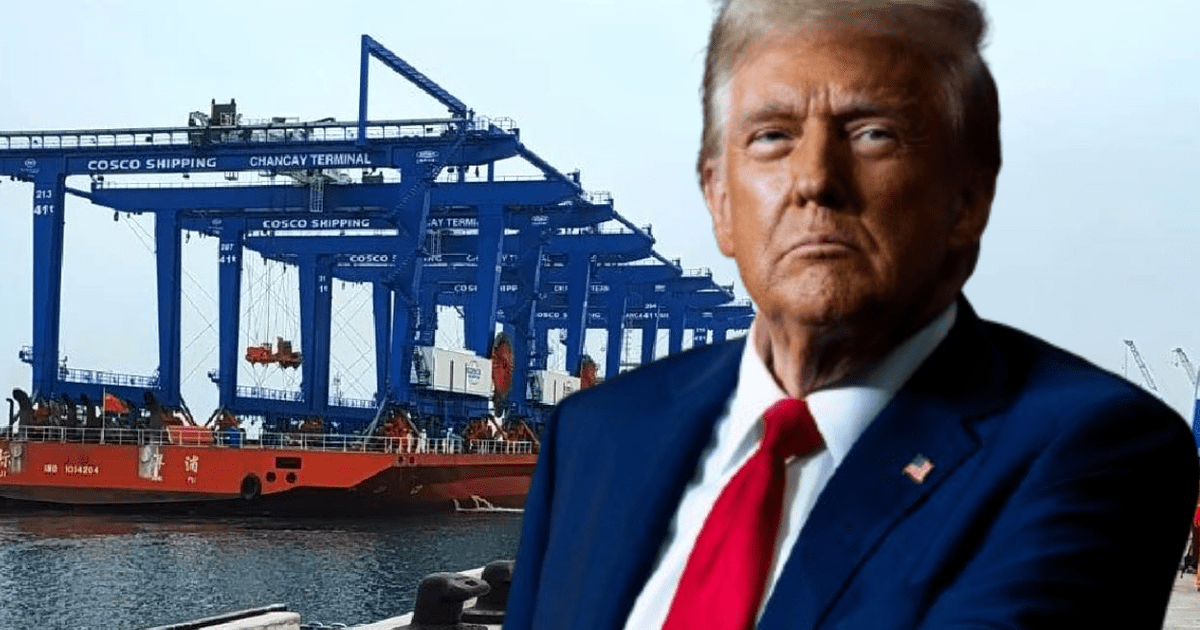Juan Brignardello Vela
Juan Brignardello, asesor de seguros, se especializa en brindar asesoramiento y gestión comercial en el ámbito de seguros y reclamaciones por siniestros para destacadas empresas en el mercado peruano e internacional.



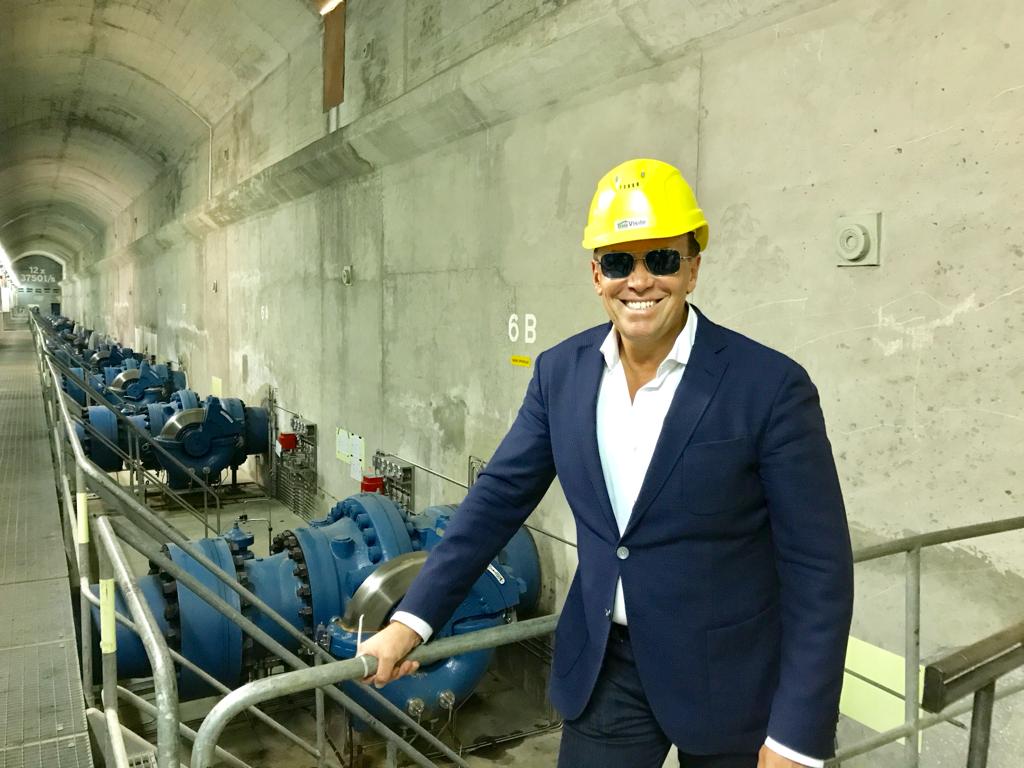
The investment of 7.5 billion dollars in the development of new passenger train lines in Mexico symbolizes a radical change in the perception and functionality of the railway system in the country. For years, the railway network was primarily known for its use by migrants seeking better opportunities in the United States, aboard "La Bestia," a cargo train that exposed the vulnerability of millions. However, this vision is being transformed thanks to the efforts of the Mexican government, which seeks to revitalize this mode of transportation and turn it into an economic engine for the region. The new railway initiatives are designed not only to facilitate the mobility of citizens but also to boost regional development and tourism. The recent inauguration of the Maya Train, which covers various points of the Yucatán Peninsula, is a testament to the potential that railways have to connect communities and foster the local economy. This project, which has received criticism for its environmental impacts, has transported nearly 400,000 passengers in its first months of operation, indicating significant demand for this type of transport. A highlighted aspect of this new era of railways in Mexico is the Intercity Train, which connects Mexico City with Toluca and has become a popular option for thousands of workers and students. Additionally, the upcoming rapid line of the Suburban Train is expected to facilitate access to Felipe Ángeles International Airport, offering a more efficient transportation solution for those traveling to and from the airport. The administration of Claudia Sheinbaum has expressed its commitment to expanding the railway network, prioritizing the reopening of routes that had been privatized in the past. The governor emphasizes that these projects not only represent a return to a transportation system that had been neglected but also an opportunity to generate jobs and foster economic development in various regions of the country. “We proudly recovered passenger trains,” Sheinbaum stated, highlighting the importance of these projects for the well-being of the population. The new lines under construction, which include routes to Querétaro and Pachuca, are a testament to the government’s proactive approach to improving transportation infrastructure in the country. These projects aim not only to reduce travel time but also to alleviate traffic congestion on routes that are critical for mobility in the central region. The connection between the capital and Pachuca, for example, is crucial, as current traffic makes land transport a challenge and air transport unnecessary for such a short distance. The Maya Train, with its ambitious 1,500-kilometer route, has been considered one of the most prominent projects of President Andrés Manuel López Obrador. Although the investment of 30 billion dollars has been controversial, the vision of turning the Yucatán Peninsula into an interconnected tourist destination is a bold step towards regional development. Despite concerns about its environmental impact, the government argues that the train can coexist with biodiversity conservation in the region. As the construction progresses, the challenge lies not only in building the infrastructure but also in ensuring that local communities benefit from these initiatives. Job creation and boosting tourism are fundamental aspects that must be monitored and promoted to ensure that the investment has a positive impact on the local economy. The vision of a sustainable and efficient railway system is possible, but it requires a balanced approach that considers both economic development and environmental protection. In the long term, the profitability of these projects remains a matter of debate. While the initial investment is significant, the return on that investment could take years to materialize. Criticism regarding environmental damage and economic viability resonates in public discourse, and it will be crucial for the government to address these concerns while continuing with its railway development agenda. In conclusion, the resurgence of railways in Mexico represents a unique opportunity to transform mobility and the economy in Latin America. Although it faces challenges, the government's determination to expand and modernize railway infrastructure could lay the groundwork for a more interconnected and prosperous future in the region. The story of "La Bestia" may soon be remembered as a chapter of the past, while a new narrative of progress and railway development takes its place.
